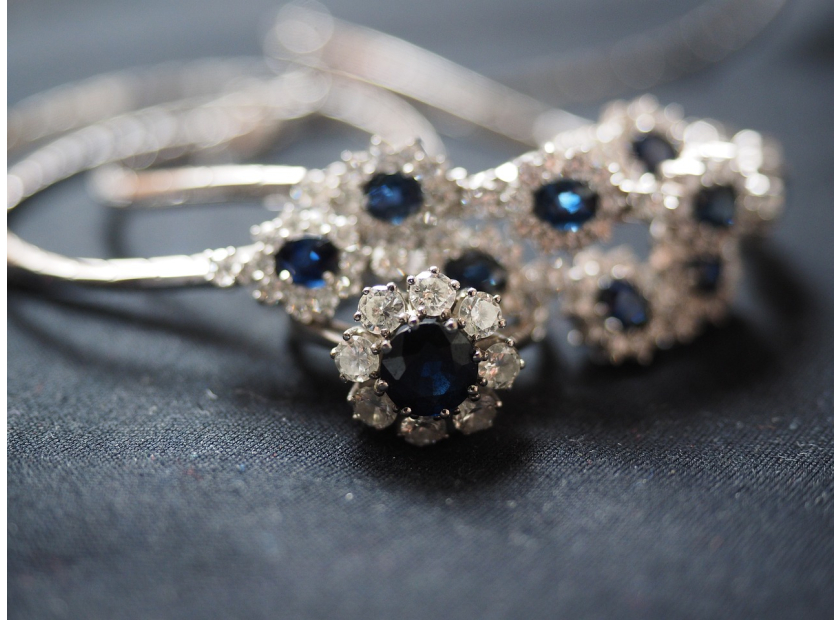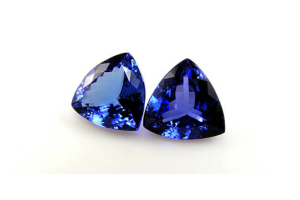USD
/
USD
/
Shipping to:
Currency:
Padparadscha sapphires are among the most enchanting and rare gemstones, celebrated for their unique blend of pink and orange hues.
The term "padparadscha" comes from the Sinhalese word for "lotus blossom," which perfectly captures the gem’s soft, sunset-like coloration.
Unique Color Characteristics
What sets padparadscha sapphires apart is their mesmerizing color—a harmonious mix of pink and orange tones.
The ideal padparadscha shows a perfect balance between the two shades, not leaning too far into pink or too heavily into orange.
This balance creates a salmon-like hue, often compared to the petals of a lotus flower or the colors of a tropical sunset.
Origins and Sources
Traditionally, Sri Lanka (formerly known as Ceylon) is the most renowned source of padparadscha sapphires.
The country’s rich alluvial deposits have produced these rare stones for centuries.
More recently, padparadschas have also been found in Madagascar and Tanzania.
While gems from Madagascar tend to have a slightly pinker tone, Sri Lankan stones are still regarded as the standard for top quality.
Formation and Composition
Padparadscha sapphires are part of the corundum family, composed primarily of aluminum oxide.
Their unique color comes from trace elements—mainly chromium (which gives the pink tone) and iron (which introduces yellowish hues).
The result is a blend that creates the distinctive pink-orange appearance that makes these sapphires so special.
Rarity and Value
Padparadscha sapphires are incredibly rare, which is one of the reasons they’re so valuable and coveted by collectors and jewelry lovers alike.
Several factors influence their value:
- Color: The most desirable stones have a perfect mix of pink and orange with medium saturation.
- Clarity: Lighter tones can make inclusions more noticeable, so eye-clean gems are especially prized.
- Cut: A high-quality cut enhances the stone’s brilliance and color distribution.
- Carat weight: Larger padparadscha sapphires are extremely rare and command premium prices.
Identifying Genuine Padparadscha Sapphires
Due to their rarity, it's crucial to verify that a padparadscha sapphire is natural and untreated—or properly disclosed if treated.
Common enhancements include heat treatment and beryllium diffusion to alter or intensify color.
While traditional heat treatments are widely accepted, diffusion-treated stones are usually less valuable.
Always request certification from a reputable gemological lab to confirm the stone's authenticity and any treatments it may have received.
Padparadscha Sapphires in Jewelry
These stunning gems make a statement in engagement rings, earrings, and pendants.
Thanks to their warm, unique coloring, they’re a popular choice for those who want something more distinctive than a traditional diamond.
For a truly one-of-a-kind proposal piece, check out gemstone engagement rings for options that showcase padparadscha sapphires beautifully.
Caring for Your Padparadscha Sapphire
Padparadscha sapphires are quite durable, ranking 9 on the Mohs hardness scale—just below diamonds.
Still, proper care will help your stone maintain its brilliance over time:
- Cleaning: Use warm soapy water and a soft brush. Avoid harsh chemicals or ultrasonic cleaners.
- Storage: Store separately from harder gems to prevent scratching.
- Wear: Remove during rough or high-impact activities to reduce the risk of damage.
Choosing a Padparadscha Sapphire
When shopping for a padparadscha sapphire, keep these tips in mind:
- Color: Look for a well-balanced mix of pink and orange tones.
- Clarity: Choose stones with minimal inclusions visible to the naked eye.
- Certification: Always ask for documentation from a trusted gem lab.
- Cut and carat: Make sure the cut enhances the natural beauty and that the size suits your style and budget.
Frequently Asked Questions
What is the origin of the name "padparadscha"?
The word “padparadscha” is derived from the Sinhalese term for “lotus blossom,” which reflects the gem’s soft, pinkish-orange hue.
Are padparadscha sapphires more valuable than blue sapphires?
They can be. High-quality padparadscha sapphires often fetch higher prices due to their rarity and the complexity of achieving the perfect color balance.
Can padparadscha sapphires change color over time?
Natural padparadscha sapphires are color stable, but if the gem has undergone certain treatments, slight changes might occur under extreme conditions.
Are there synthetic padparadscha sapphires?
Yes, lab-created versions do exist. It’s essential to confirm with certification whether a stone is natural or synthetic.
What ring settings work best for padparadscha sapphires?
Protective settings like bezels or halos work well, especially for rings, since they shield the gem’s edges while adding extra sparkle.








